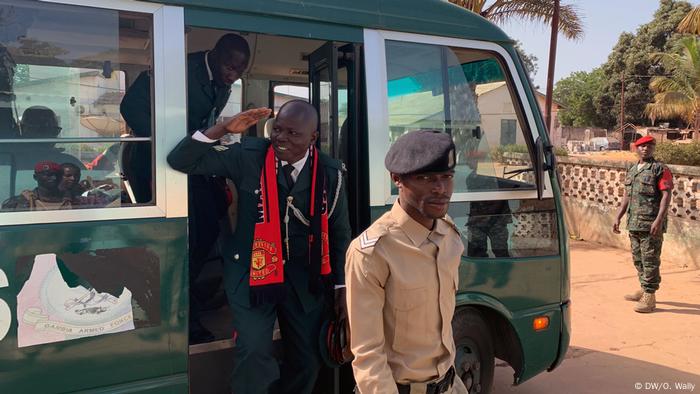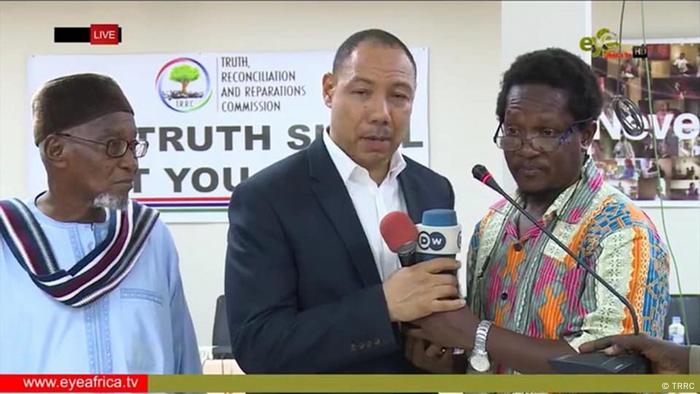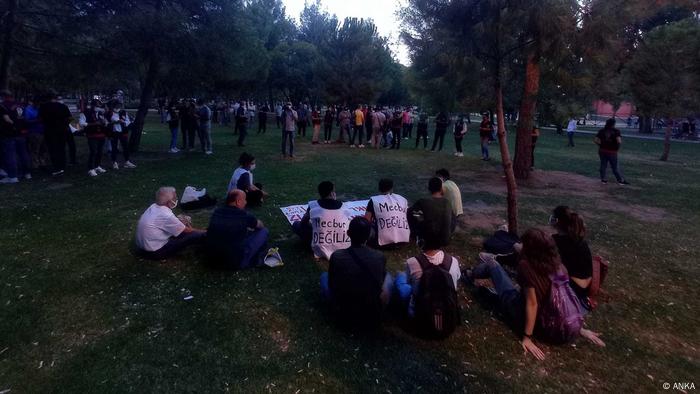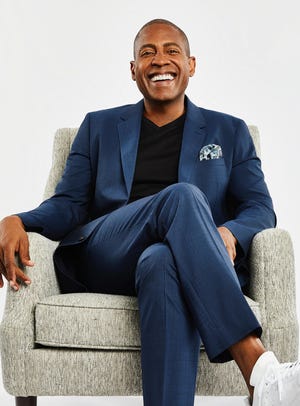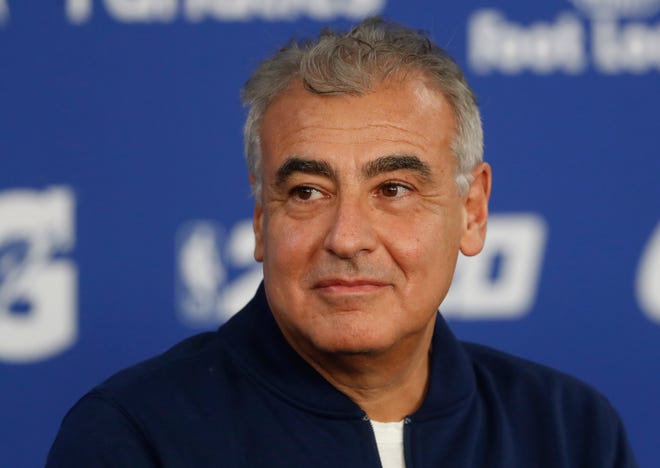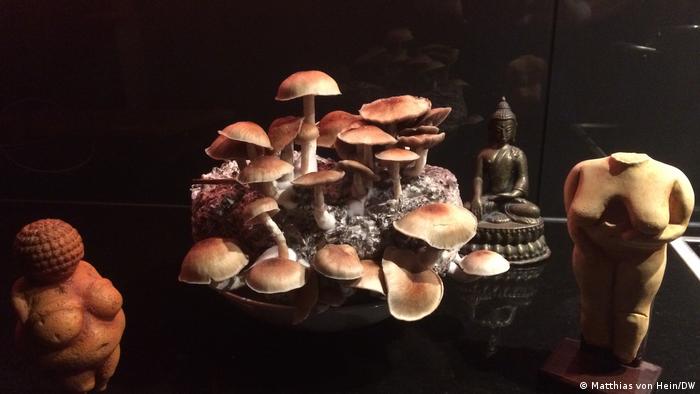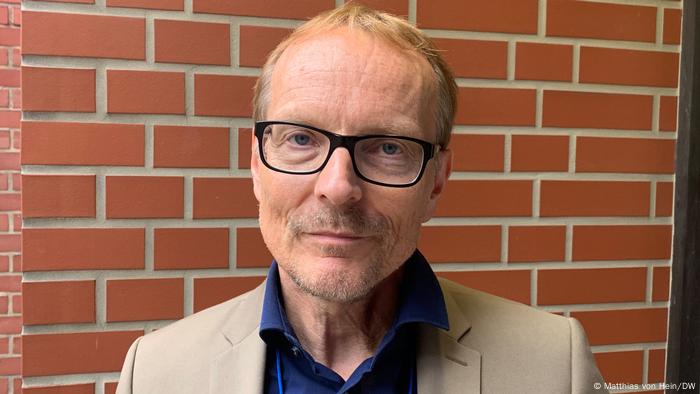Alberta acted like the pandemic was over. Now it's a cautionary tale for Canada
THREE TORY PARTIES ON THE PRAIRIES
Saskatchewan faces similar surge in hospitals, while
Manitoba is at risk from low vaccination rates
The COVID-19 situation in Alberta has gone from bad to worse — providing a cautionary tale for the rest of Canada on how a string of bad policy decisions, low vaccination rates and a failure to act quickly are a recipe for disaster.
Unlike Ontario, which has triple the population but is faring much better in the fourth wave after keeping many public health restrictions in place, Alberta resisted vaccine passports, lifted mask mandates and even planned to abandon test, trace and isolate protocols before backtracking as cases rose.
To put it bluntly, Premier Jason Kenney's "best summer ever" was a failure.
"The end of this terrible time is just two weeks away," Kenney infamously said on June 18. "We finally have the upper hand on this virus and can safely open up our province."
Fast forward to today and Alberta has the highest rate of infections in the country, at close to four times the national average, and Albertans are dying of COVID-19 at close to three times the rate of anywhere else in Canada — rivalled only by Saskatchewan.
While there's no redo button on Alberta's delta-fueled fourth wave, there are lessons — especially for other Prairie provinces that experts fear may not be far behind.
- Have a coronavirus question or news tip for CBC News? Email: Covid@cbc.ca.
Alberta's 'grave misstep' led to devastating 4th wave
Dr. Ilan Schwartz, a physician and assistant professor of infectious diseases at the University of Alberta in Edmonton, said the Alberta government "completely abdicated its responsibility" to ensure the health and wellbeing of citizens in the fourth wave.
"Alberta was reckless in dropping all restrictions and declaring the pandemic over. Jason Kenney infamously declared that we were in the post-pandemic era, that COVID was no longer a risk and basically threw caution to the wind — that was a grave misstep," he said.
"But what made things much, much worse is the inability to respond to the data that demonstrated a rising number of cases."
Kenney finally accepted medical aid from the federal government and Newfoundland and Labrador Thursday, after rejecting calls for stricter measures days prior, and the Canadian Armed Forces and the Red Cross are sending medical staff to ease the burden on hospitals.
"Our healthcare system has completely collapsed," said Schwartz. "It's not just that we're on the verge of collapse, I think that's misleading at this point — we've completely collapsed."
Schwartz says Alberta hospitals are currently unable to offer life-saving surgery or safe emergency care to those that desperately need it and some are consistently running at more than 100 per cent ICU capacity, making for a "completely dysfunctional healthcare system."
"People might think that they're vaccinated, and so they don't need to worry about this. But the fact is that if we can't provide safe ICU care, period, then everybody is at risk," he said.
"Every time people get on a tractor, or get in a car, and go on the highway — there's always been risk associated with that — but now there's no safety net."
Kenney announced Alberta's first government-imposed vaccine mandate Thursday, ordering all public servants be vaccinated by Nov. 30. But there is an option for regular testing instead, and the province stopped short of instituting further public health restrictions.
Schwartz says the next few weeks could be some of the hardest Alberta has faced in the pandemic — as cases, hospitalizations and deaths continue to rise while the healthcare system buckles under the pressure of an unrelenting surge in COVID-19 patients.
"As a health-care worker it's completely demoralizing and we feel like we're just completely left to our own devices," he said. "We're just completely abandoned."
Saskatchewan may be 'weeks away from peaking'
The situation is becoming similarly dire in nearby Saskatchewan, and infectious diseases experts there say the rise in COVID-19 cases, hospitalizations and deaths are largely being fuelled by unvaccinated pockets throughout the Prairies.
"The short answer here is that we are almost assuredly in Saskatchewan on the same really, really bad, steep upward trajectory that Alberta is on," said Dr. Alexander Wong, an infectious diseases physician at Regina General Hospital and associate professor of infectious diseases at the University of Saskatchewan.
"Worst case scenario: I think we're still weeks away from peaking, which would pretty much guarantee an unsustainable need for an ICU triage type of environment — very, very similar to what Alberta is dealing with right now."
Wong says, among the Prairie provinces, Manitoba has a key difference: it created a vaccine certificate in June, months before other provinces, which pushed its vaccination rate higher.
Alberta resisted implementing a vaccine passport system until late last month, but instead attempted to incentivize vaccination by offering unvaccinated residents $100 and entry into a $1-million draw to get the shot. Both had little impact on vaccine uptake.
"It didn't increase vaccination, but it also cost us time when there could have been fewer new cases as a result of unvaccinated individuals frequenting indoor public spaces and infecting other people," said Schwartz.
Saskatchewan only unveiled a vaccine passport this week, but also allowed for a negative test for entry into non-essential businesses, at the same time Chief Medical Health Officer Dr. Saqib Shahab said the province is heading toward a "fall and winter of misery."
Manitoba at risk from unvaccinated pockets
Jason Kindrachuk, an assistant professor of viral pathogenesis at the University of Manitoba and Canada Research Chair of emerging viruses, says that while Manitoba has a slightly higher vaccine uptake than other provinces — there are stark differences among its populations in urban and rural settings that threaten to worsen their fourth wave.
"We have a very very disparate uptake of vaccines across the south compared to most of the rest of the province," he said. "In Manitoba, we have three quarters of our population in one city … and Winnipeg vaccination rates got high pretty quick."
But Kindrachuk says the threat of a further rise in COVID-19 levels lies with unvaccinated populations in the southern regions of Manitoba that are driving transmission numbers to record highs — with one town in particular having a vaccination rate of just 24 per cent.
"We watched Alberta, we watched Saskatchewan, we're in a better place … but what happens if it starts to really roll through the south?" he said. "So the message for everybody is that the pandemic is not over."
Manitoba is bringing in new rules for unvaccinated people starting Tuesday in an effort to stave off a rise in cases and additional pressure on the healthcare system, including restrictions on indoor gatherings and capacity limits for weddings and places of worship.
Wong says the messaging from policymakers and public health officials in the Prairies throughout the pandemic has been one of "individual responsibility" when it comes to following guidelines, getting tested or getting vaccinated.
"Now the narrative is very much pushing the societal blame and anger and frustration away from, frankly, policymakers and toward people who are unvaccinated," Wong said. In his view, the "shifting of blame" may have further increased vaccine hesitancy.
"Even when the whole healthcare system is literally collapsing you're just not going to get any kind of buy-in at a societal level anymore to actually care."
Unlike Manitoba, Wong says Saskatchewan and Alberta will likely pay a "heavy human price" that will be "painful" in the weeks ahead, which he sees as unavoidable even if the government were to make the unlikely move of imposing another lockdown, or if vaccination rates climb.
WATCH | Alberta, Sask. healthcare systems 'broken' by 4th wave surge, doctors say:
Dr. Aisha Mirza, an ER physician in Edmonton, and Dr. Hassan Masri, an ICU and critical care physician in Saskatoon, share how the provinces' hospitals and medical professionals are struggling amid a fourth wave of COVID-19. 16:41
"This is not a pandemic of the unvaccinated, this affects absolutely everybody — it's everybody whose surgeries are cancelled, and who won't have access to urgent surgeries if they get into an accident, or if their appendix bursts or if they have an aneurysm," Schwartz said.
"And whether there is ever the sort of political reckoning that is required in order to actually change course, to prevent these lives from being lost — I'm starting to lose hope.






